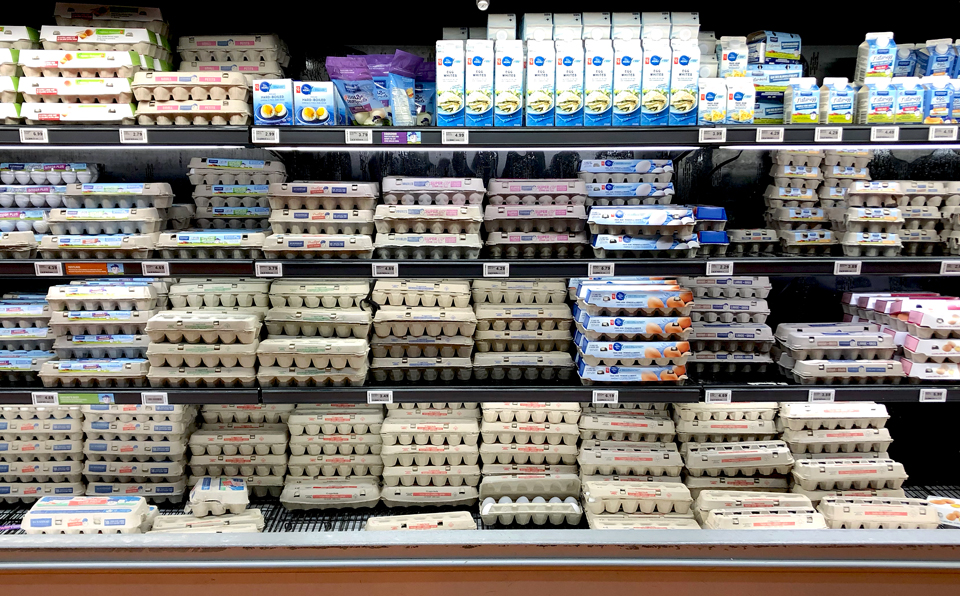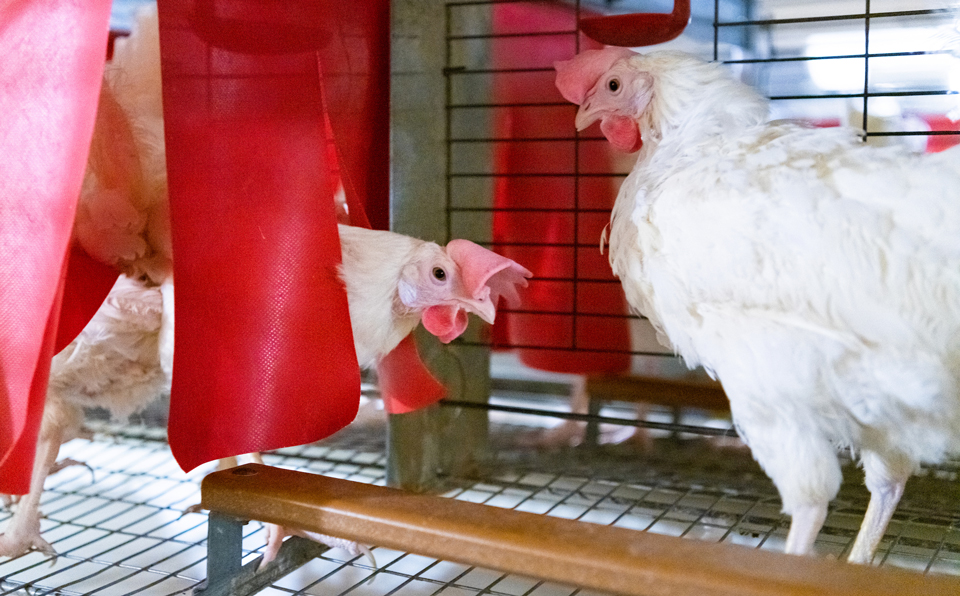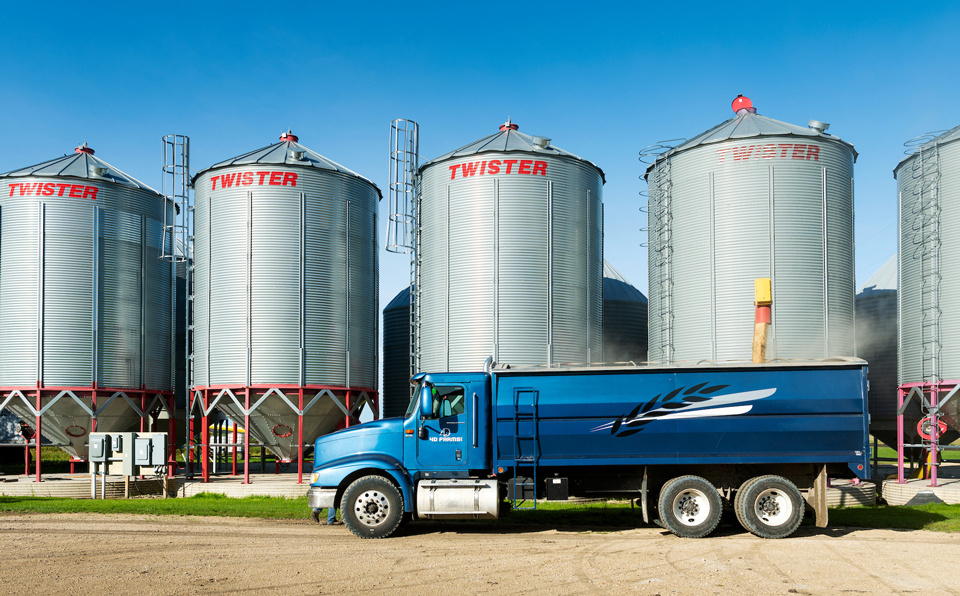
Four ways we’re transforming hen housing in Canada
By Egg Farmers of CanadaThe Canadian egg industry is in the process of phasing out conventional hen housing in favour of alternative hen housing systems. These include enriched colony, free run and free range housing. It’s part of our industry’s efforts to plan for the future and think long-term. This approach represents an important process for Canada’s egg farming sector, which takes into account several key considerations. Here are just four of these important considerations:

Ensuring consumers continue to enjoy a variety of egg options
Eggs are a versatile, nutritious and affordable staple food for Canadians. That’s one reason Canadians enjoy a variety of eggs, from regular white and brown eggs to vitamin-enhanced eggs to free run and organic eggs and more. Egg farmers take great pride in providing a range of choice.
As egg farmers transition their approach to producing eggs, we are focused on ensuring our sector can continuously offer Canadians the egg choices they desire. This is one of the reasons a coordinated, planned transitioning is essential—to ensure demand for different eggs varieties can continuously be met with a stable supply.

Protecting hen health and welfare is a top priority
Each hen housing system offers advantages and trade-offs for hen health and welfare. While each system offers different sets of benefits and challenges that the farmer must manage, there is one thing that doesn’t change, no matter the housing system: farmers follow the highest standards for food safety and animal care. These standards include on-farm programs and inspections that support a strict certification program.

Keeping sustainability in mind as production methods shift
Sustainability is central to the passion and craftsmanship of egg farming. It’s something farmers commit to every day with every choice they make. That’s one reason why the choice of housing system is so consequential for farmers. It can have a major effect on a farm’s environmental footprint. After all, different systems demand more or less land and feed use. Some housing systems—like enriched colony systems—are more precise in delivering feed, whereas other systems require more land to house fewer hens, for example. These considerations have an overall effect on ongoing efforts to reduce our collective impact on the environment.

Coordinating the transformation of hen housing across the sector
Our egg farms are one part of the Canadian egg supply chain. Several independent yet closely connected partners work together to deliver eggs to Canadians, and transitioning housing systems requires coordination across the entire supply chain. For instance: Before arriving at an egg farm, hen flocks mature in a pullet barn. Raising these young hens or pullets in the same style of housing system as the one where they lay eggs is essential, meaning pullet farms will also be working to transition their production methods.
These are just some of the factors that support a realistic, coordinated and sustainable transformation of hen housing here in Canada. This long-term thinking means our success story will continue for decades to come, so Canadians can continue to enjoy a steady supply of high-quality eggs, made in Canada to the highest standards.